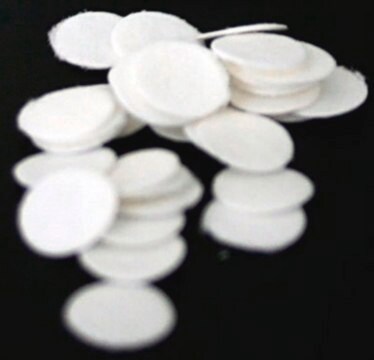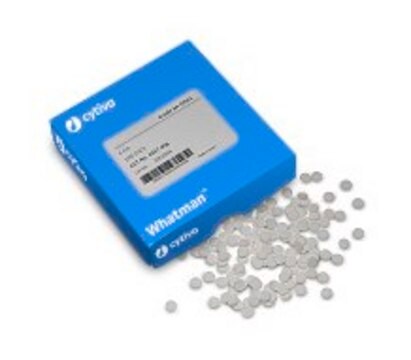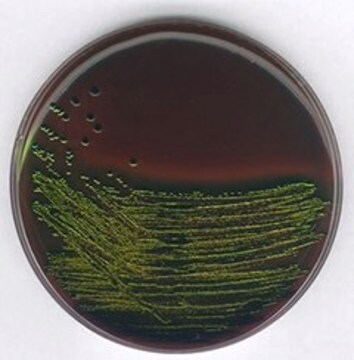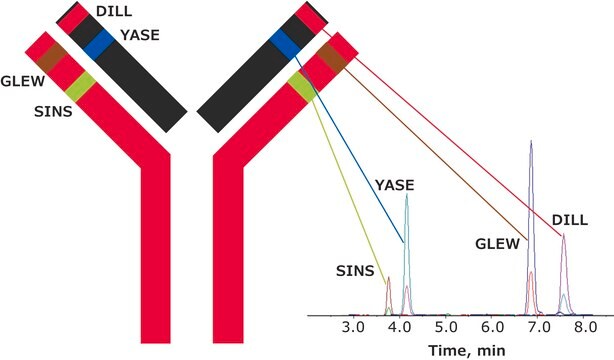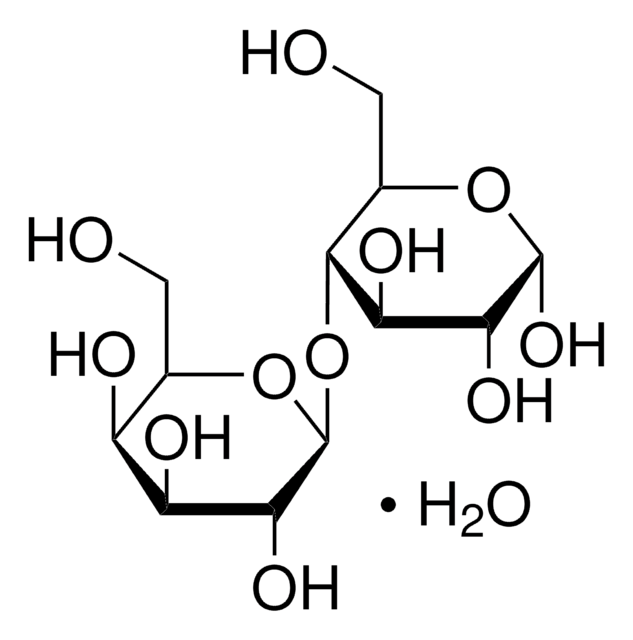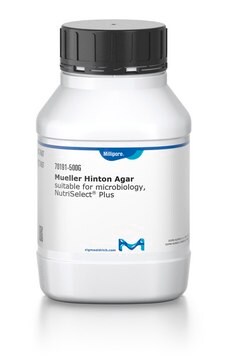28816
Lactose Discs
suitable for microbiology, Sterile filter paper discs impregnated with Lactose
Synonim(y):
Carbohydrate discs
About This Item
Polecane produkty
Poziom jakości
sterylność
sterile
linia produktu
BioChemika
okres trwałości
limited shelf life, expiry date on the label
opakowanie
pkg of (25 Discs)
metody
microbe id | utilization test: suitable
Zastosowanie
clinical testing
environmental
food and beverages
pharmaceutical
microbiology
temp. przechowywania
2-8°C
przydatność
Citrobacter spp.
Enterobacter spp.
Escherichia coli
Klebsiella spp.
Streptococcus spp.
bacteria
Powiązane kategorie
Opis ogólny
Zastosowanie
Kod klasy składowania
11 - Combustible Solids
Klasa zagrożenia wodnego (WGK)
WGK 3
Temperatura zapłonu (°F)
Not applicable
Temperatura zapłonu (°C)
Not applicable
Środki ochrony indywidualnej
Eyeshields, Gloves, type N95 (US)
Wybierz jedną z najnowszych wersji:
Masz już ten produkt?
Dokumenty związane z niedawno zakupionymi produktami zostały zamieszczone w Bibliotece dokumentów.
Produkty
Sigma-Aldrich.com presents an article concerning Differentiation of Escherichia coli from coliforms.
Salmonella contamination is the second leading cause of food-borne illness worldwide. Controlling outbreaks of Salmonella is an important task for food regulators, restaurants and the food industry in general. The Salmonella family includes over 2,300 serotypes of bacteria, but two types, Salmonella enteritidis and Salmonella typhimurium, are responsible for about half of all human infections. Most outbreaks of Salmonella are traced back to dairy, poultry and meat products, but Salmonella can grow on nearly any food. Chicken, eggs and their derivative products are particularly high risk.
Salmonella, z ponad 2300 serotypami, powoduje połowę chorób przenoszonych przez żywność, często z nabiału, drobiu i jaj.
Nasz zespół naukowców ma doświadczenie we wszystkich obszarach badań, w tym w naukach przyrodniczych, materiałoznawstwie, syntezie chemicznej, chromatografii, analityce i wielu innych dziedzinach.
Skontaktuj się z zespołem ds. pomocy technicznej